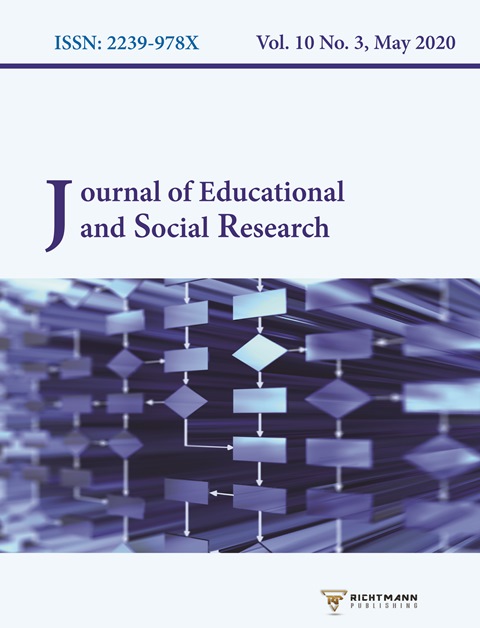The Character Values-Based Folklores as Teaching Resources to Support English Acquisition
DOI:
https://doi.org/10.36941/jesr-2020-0056Abstract
The purpose of this study was to identify the folklores carrying character values as teaching materials in English acquisition in Indonesia. This exploratory study was conducted in Central Java and Yogyakarta provinces, Indonesia by inviting 139 participants of Junior high school teachers, students, and experts. The data was collected through interview, documentation and observation, and analyzed descriptively using the Miles, Huberman, & Saldaña' scheme, namely data collection, data condensation, data presentation and conclusion (2014). The result obtained 208 folklores categorized as fairytale, legend, and myth. By applying the Processability Theory (Pienemann, 2005), the researchers proposed some ideas in using the folklores which carry character values for supporting the English acquisition among junior high school students in Indonesia. Through an English integrated teaching and learning process, the students not only learnt the moral values from the folklores but also studied and acquired English as their foreign language. The students, who have been familiar with folklores from their hometown, possessed confidence in understanding the main idea of the story though it was written or told in English. They mostly learnt as well as acquired phrasal and lexical morphology of English.
Downloads
Downloads
Published
Issue
Section
License
This work is licensed under a Creative Commons Attribution-NonCommercial 4.0 International License.









